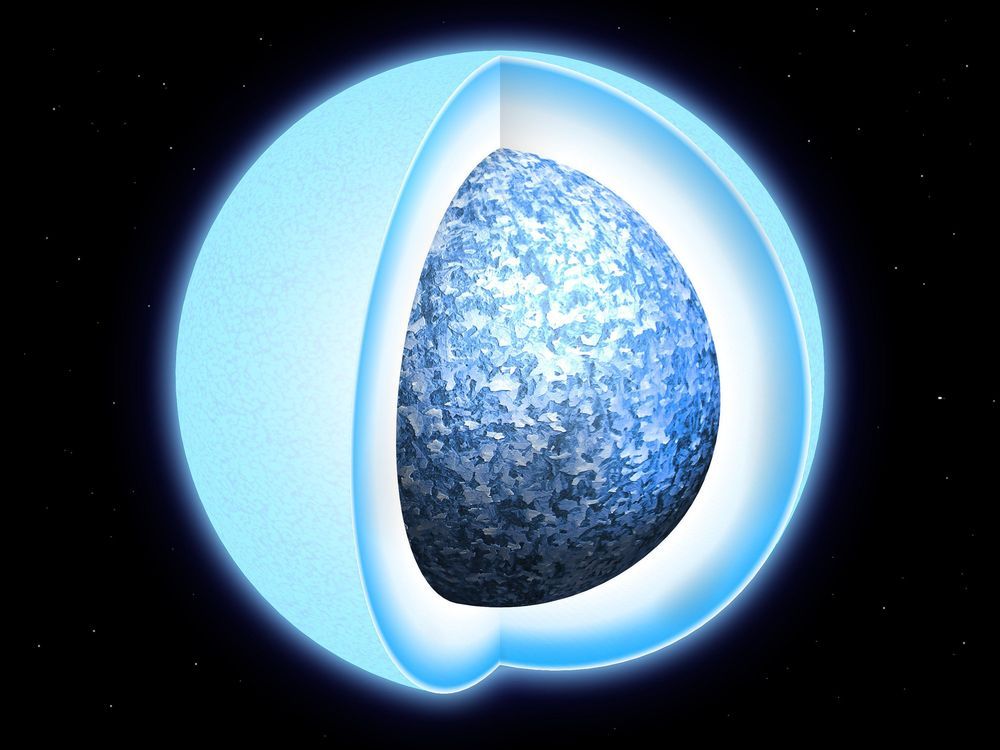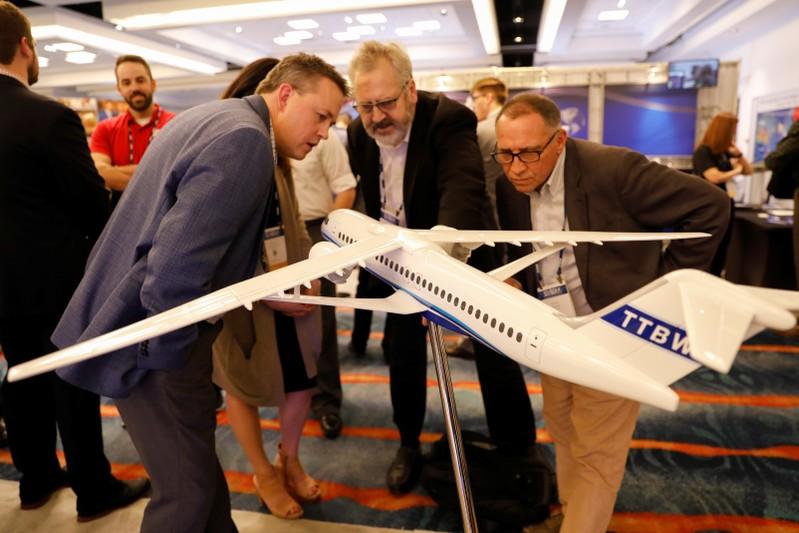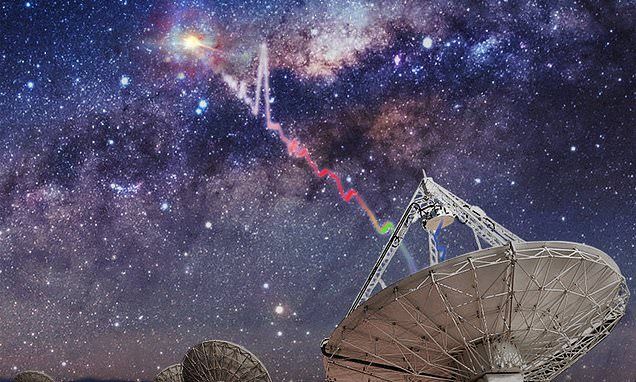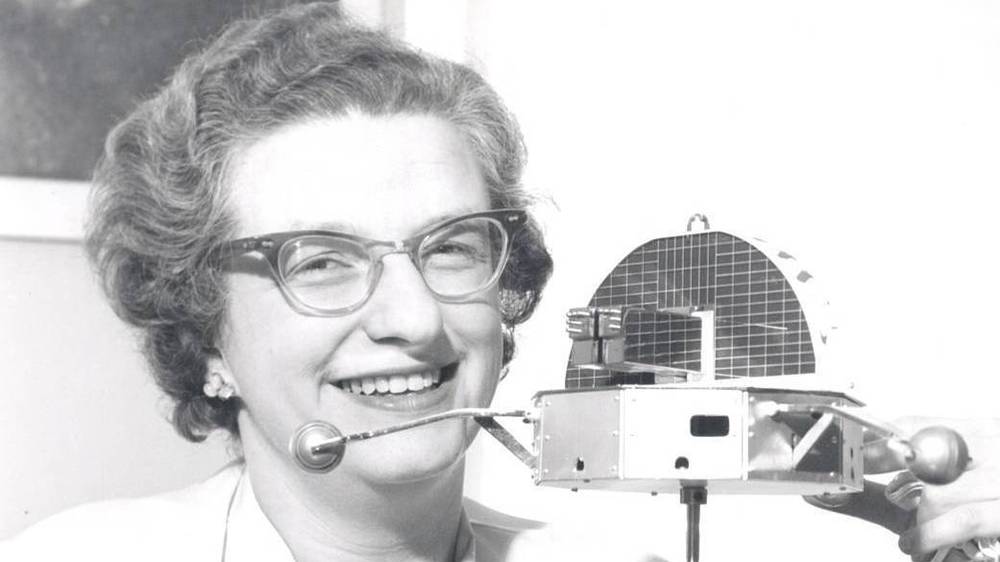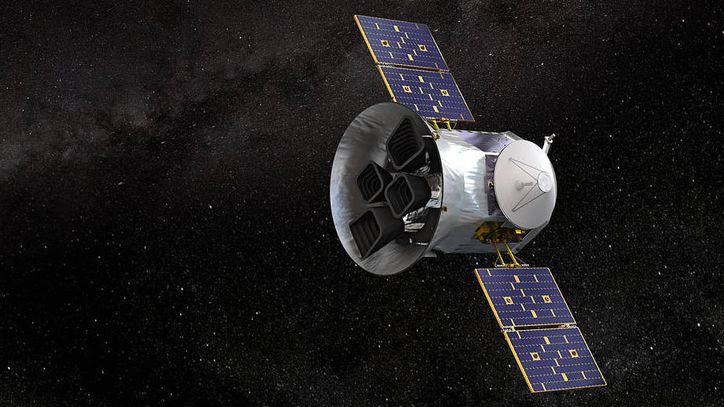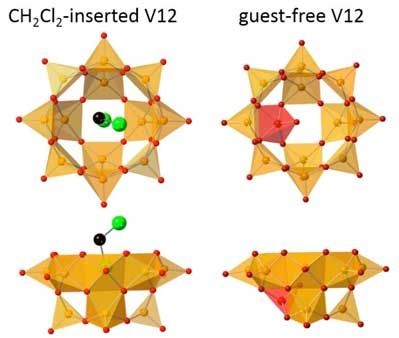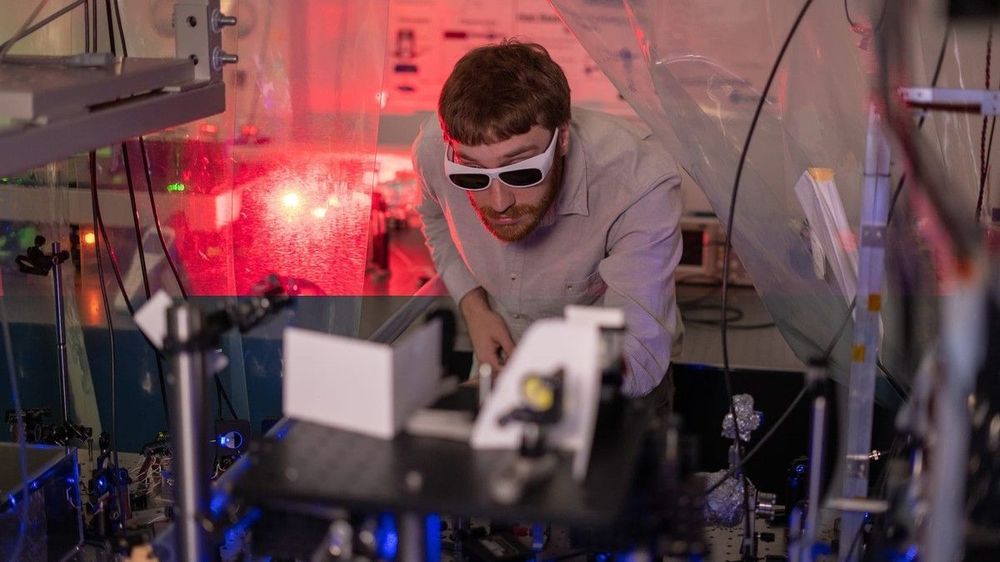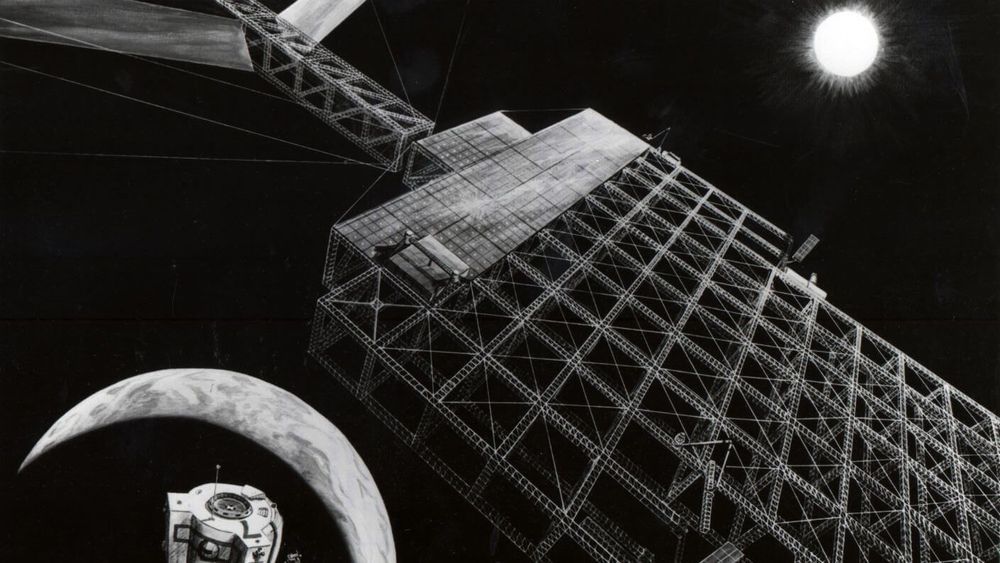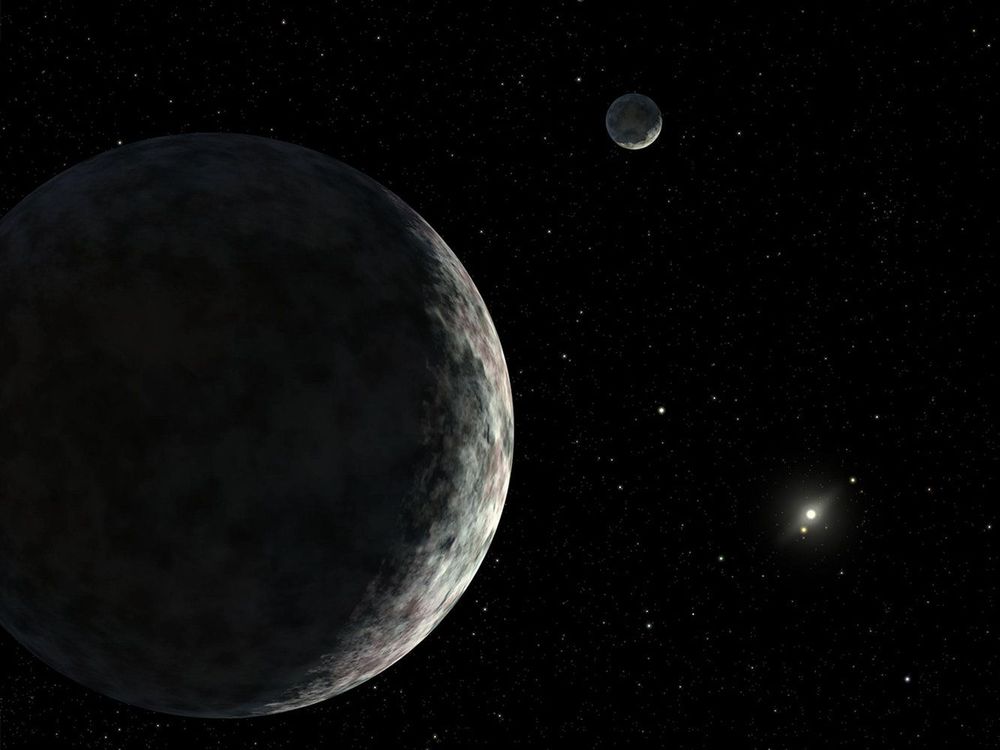Jan 9, 2019
Astronomers discover first direct evidence of white dwarf stars solidifying into crystals
Posted by Michael Lance in category: space
The first direct evidence of white dwarf stars solidifying into crystals has been discovered by astronomers at the University of Warwick, and our skies are filled with them.
Observations have revealed that dead remnants of stars like our Sun, called white dwarfs, have a core of solid oxygen and carbon due to a phase transition during their lifecycle similar to water turning into ice but at much higher temperatures. This could make them potentially billions of years older than previously thought.
The discovery, led by Dr. Pier-Emmanuel Tremblay from the University of Warwick’s Department of Physics, has been published in Nature and is largely based on observations taken with the European Space Agency’s Gaia satellite.
